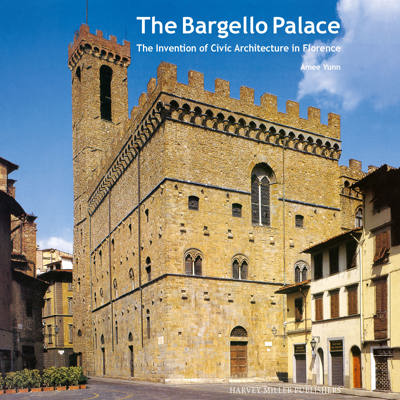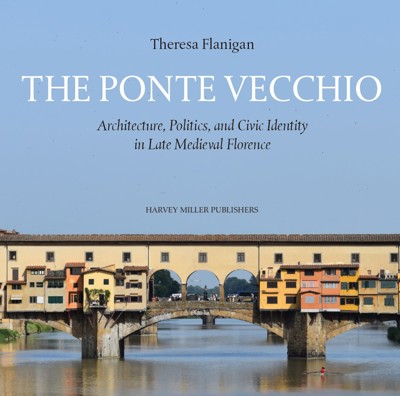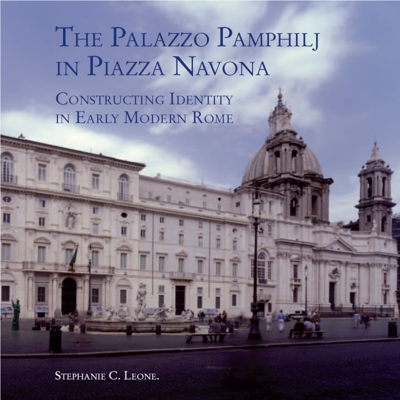
The Ponte Vecchio
Architecture, Politics, and Civic Identity in Late Medieval Florence
Theresa Flanigan
- Pages: 260 p.
- Size:240 x 240 mm
- Illustrations:19 b/w, 111 col., 5 tables b/w.
- Language(s):English, Italian, Latin
- Publication Year:2024
- € 150,00 EXCL. VAT RETAIL PRICE
- ISBN: 978-1-912554-68-3
- Hardback
- Forthcoming (Aug/24)
*How to pre-order?
Drawing upon new documentary research, this is the first in-depth modern scholarly study of the Ponte Vecchio in Florence.
Theresa Flanigan is Assistant Professor of Art History at Texas Tech University and a specialist in Italian Medieval and Renaissance art and architectural history. Dr. Flanigan received her Ph.D. in Art History from New York University’s Institute of Fine Arts, a MA in Art History from Syracuse University’s Florence Program, and a B.Arch. in architectural design from Syracuse University. She was also a foreign fellow at the Scuola Normale Superiore in Pisa, Italy.
Famous today for the shops lining its sloped street, the Ponte Vecchio is the last medieval bridge spanning the Arno River at Florence and one of the few remaining examples of the once more prevalent urbanized bridge type. Drawing from early Florentine chronicles and previously unpublished archival documents, this book traces the history of the Ponte Vecchio, focusing on the current bridge’s construction after the flood of 1333. Much of the Ponte Vecchio’s original fourteenth-century appearance is now obscured beneath later accretions, often mistakenly interpreted as original to its medieval character. To the contrary, as argued in this book and illustrated by new reconstruction drawings, the mid-trecento Ponte Vecchio’s vaulted substructure was technically advanced, its urban superstructure was designed in accordance with contemporary Florentine urban planning strategies, and its "beautiful and honorable" appearance was maintained by government regulations. The documents also reveal new information about the commission and rental of its famous shops. Relying on these sources, this study offers a more complete history of the Ponte Vecchio, adding significantly to what is currently known about the bridge’s patronage and construction, as well as the aims of civic architecture and urban planning in late medieval Florence.
Acknowledgements
List of Abbreviations and Measurements
Introduction
Chapter One
From Origins to Contested Site: The Ponte Vecchio and Villani’s ‘Myth of Florence’
Chapter Two
The Politics of Bridge Building: Civic Patronage and Post-Flood Repair, 1333–1339
Chapter Three
The Commission and Building History of the Ponte Vecchio, 1339–1346
Chapter Four
Modo et Forma: The ‘Manner and Form’ of the Ponte Vecchio’s Construction
Chapter Five
‘A Beautiful and Honorable Bridge’: The Ponte Vecchio, Medieval Aesthetics, and the Politics of Urban Design
Chapter Six
‘For the Honor and Value of the People and Commune of Florence’: The Shops on the Ponte Vecchio and Their Well-Regulated Order, 1346–1495
Epilogue
The Ponte Vecchio after 1495
Appendices
I Chronicle Accounts of the Flood of 4 November 1333
II Ponte Vecchio Documents, 972 to Flood of 1333
III Ponte Vecchio Documents, 1333 Flood to 1495
IV Accounts of the Completion of the Ponte Vecchio
Bibliography
Index
Photo Credits



